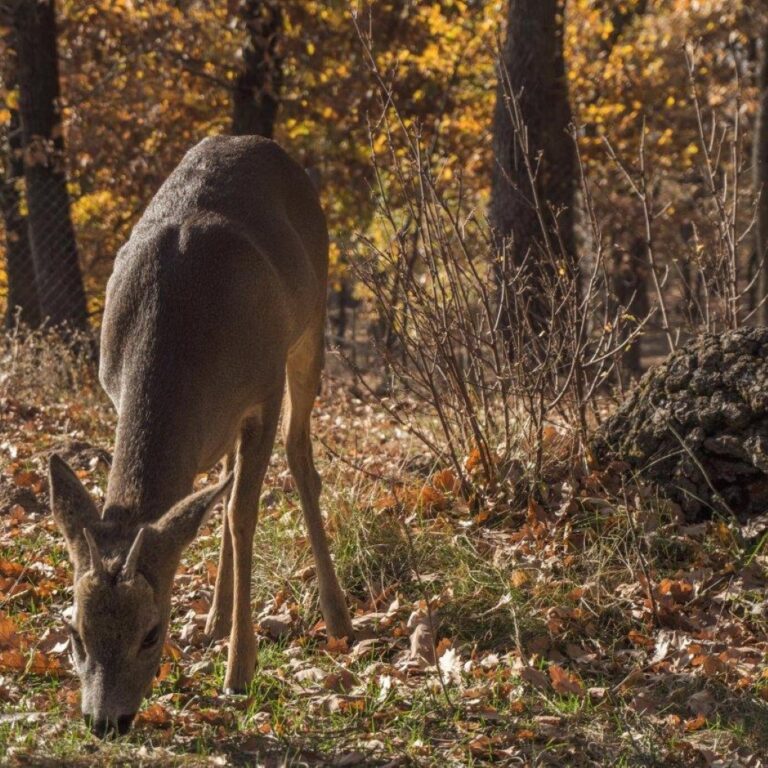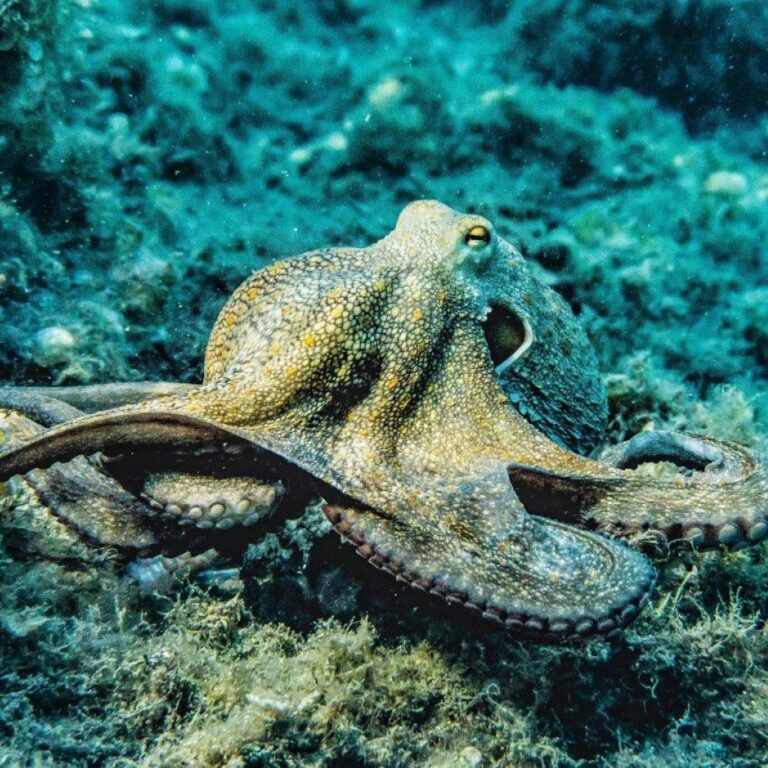Jaguars are the largest big cats in the Americas and the third-largest in the world, after tigers and lions. Adult males can weigh up to 250 pounds and measure over 6 feet in length, excluding their tail.
They are known for their incredibly strong jaws, which can deliver a bite force of 1,500 pounds per square inch. This allows them to pierce the skulls of their prey and crush bones with ease.
The jaguar's name comes from the indigenous Tupi word 'yaguar,' which means 'he who kills with one leap.' This reflects the jaguar's powerful hunting style, where it often ambushes and kills prey with a single, decisive bite.
Jaguars have the most powerful bite of any big cat, relative to their size. They are capable of biting through the thick shells of turtles and the skulls of their prey, a unique ability among big cats.
The jaguar's coat is covered in rosette-shaped spots, which help it blend into the dappled light of its forest and jungle habitats. These spots also provide camouflage when stalking prey.
They are highly adaptable and can live in a variety of habitats, including rainforests, grasslands, swamps, and even deserts. They are primarily found in Central and South America, with the largest population in the Amazon Basin.
Unlike most big cats, jaguars are excellent swimmers and are often found near water. They hunt a variety of prey, including fish, caimans, and capybaras, by swimming and diving.
Jaguars are solitary animals and are highly territorial. They use scent markings, vocalizations, and physical displays to communicate with other jaguars and establish their territories.
The diet of a jaguar is highly varied, including over 85 different species of animals. They hunt deer, peccaries, monkeys, birds, and even large prey such as tapirs and anacondas.
Females give birth to one to four cubs after a gestation period of about 100 days. The cubs are born blind and are cared for by their mother for up to two years before they become independent.
The black jaguar, often referred to as a black panther, is not a separate species but a melanistic variation of the jaguar. This coloration is caused by an excess of melanin, making the spots less visible.
Jaguars are primarily nocturnal and crepuscular, meaning they are most active at night and during dawn or dusk. This behavior helps them avoid the heat of the day and increases their chances of successful hunting.
Jaguars are considered keystone species, meaning they play a crucial role in maintaining the structure of their ecosystems. By controlling prey populations, they help maintain balance in their habitats.
The jaguar's roar is known as a 'sawing' call because it sounds like the sawing of wood. This vocalization is used to communicate with other jaguars and to establish territory.
Conservation efforts are vital for the survival of jaguars, as they face threats from habitat loss, poaching, and human-wildlife conflict. Protecting their natural habitats and promoting coexistence with humans are essential for their continued existence.


